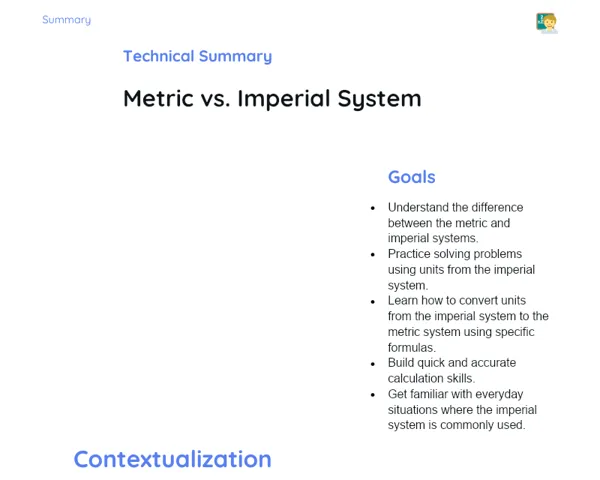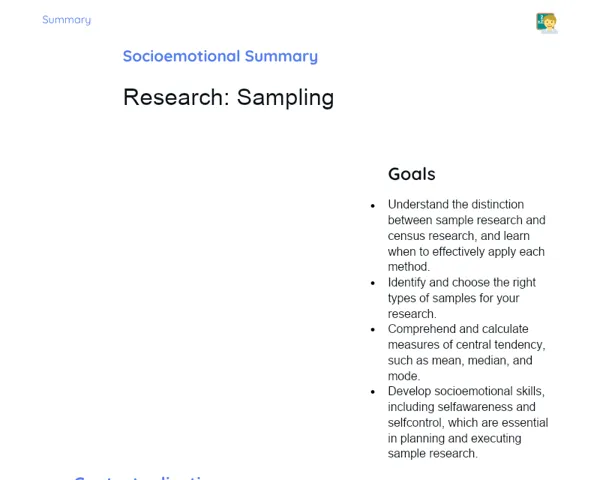Objectives
1. 🎯 Understand and apply the concepts of optimization of second degree functions to solve practical everyday problems.
2. 🎯 Develop skills for analyzing and interpreting problem situations that involve calculating the maximum and minimum values of quadratic functions.
Contextualization
Did you know that quadratic functions are present in many areas, from physics, where they help describe the trajectory of a cricket ball, to engineering, where they help us get the most out of materials? Grasping these functions not only opens doors to various real-life applications but also sharpens our critical thinking and analytical skills, which are vital in any profession. 🚀
Important Topics
Identifying Maximum and Minimum Points
In quadratic functions, it’s crucial to know how to spot and calculate maximum and minimum points. These points indicate the extreme values the function can reach, which is pivotal in numerous practical scenarios, like optimizing costs or resources. To calculate these points, we use the derivative of the function, which shows the slope of the curve and tells us where it reaches its peak (maximum) or valley (minimum). This method is foundational in mathematical analysis and has various applications in the real world.
-
To find the critical point of a quadratic function, we calculate its first derivative and equal it to zero.
-
Based on the curvature of the graph (whether it shifts from concave to convex or the other way around), we can determine if the critical point is a maximum or minimum.
-
Maximum and minimum points are vital in fields like economics, engineering, and physics for tackling optimization problems, where we strive to maximize or minimize a function under certain constraints.
Practical Applications of Maximum and Minimum Points
The practical uses of maximum and minimum points in quadratic functions are extensive and impactful. For instance, in engineering, they help us design safe structures while minimizing material use. In economics, these concepts are vital for maximizing profits or minimizing costs in business practices. Learning to apply these ideas allows students to perceive mathematics as a powerful instrument for solving real-world problems.
-
In civil engineering, maximum and minimum points are used to enhance the design of bridges, roads, and buildings, thereby saving materials and costs.
-
In finance, these principles assist in maximizing investments, minimizing risks, and optimizing portfolios.
-
In biology, they can aid in maximizing population growth or reducing disease impact, utilizing mathematical models.
Solving Optimization Problems
Tackling optimization problems involves leveraging mathematical concepts to find the best possible solution among multiple options. Through quadratic functions, students learn to model real-world situations and discover solutions that meet particular conditions, such as resource limits or profit maximization. This skill is essential not only in mathematics but across various professional avenues, where efficiency and resource management are critical.
-
Accurate formulation of the problem is the first step in addressing optimization issues using quadratic functions.
-
Recognizing the constraints helps in identifying feasible solutions and perfecting the mathematical model.
-
The solution to these optimization problems often requires an iterative approach, involving trial and error while refining the model and recalculating until a solution is reached.
Key Terms
-
Quadratic Function: A polynomial function of degree two, typically presented as f(x) = ax² + bx + c, where a, b, and c are constants and a ≠ 0.
-
Maximum and Minimum: The points on a function's graph where its value reaches the highest (maximum) or lowest (minimum) over a specific interval.
-
Optimization: The process of identifying the best possible outcome under certain conditions, usually focused on maximizing or minimizing a function.
For Reflection
-
How can the skill of identifying maximum and minimum points in quadratic functions be useful in your daily life or prospective career?
-
In what ways could an understanding of mathematical optimization enhance decision-making in real scenarios, such as investment choices or financial planning?
-
Consider everyday situations where optimization is important. How can mathematics assist in enhancing these processes?
Important Conclusions
-
We revisited the fascinating journey of quadratic functions, exploring how they enable us to find maximum and minimum points, crucial for resource optimization and effective decision-making.
-
We discussed the practical applications of these concepts in various sectors such as engineering, economics, and biology, underscoring the significance of mathematics as an indispensable tool in the real world.
-
The ability to model complex situations using quadratic functions not only bolsters our logical reasoning but also equips us to tackle real-life challenges with confidence and precision.
To Exercise Knowledge
- Create Your Optimization Problem: Identify an everyday scenario and devise an optimization problem that can be addressed with a quadratic function. Get creative and think of issues that truly interest you. 2. Group Solution: Exchange your problems with a peer and attempt to solve the problem they designed. Discuss the solutions and methods employed. 3. Optimization Journal: For a week, keep track of daily situations where mathematical optimization could be applied and outline how you would use quadratic functions to tackle these challenges.
Challenge
🚀 Master of Optimization Challenge 🚀: Undertake a small research project on how quadratic functions are utilized in a field of your choice (e.g., technology, sports, art). Present your findings to the class and discuss how mathematical concepts could innovate and enhance that field.
Study Tips
-
Use visual aids such as graphs or drawing applications to visualize quadratic functions and their maximum and minimum points. This approach helps in better understanding the concept.
-
Practice solving various optimization problems involving quadratic functions. The more you practice, the easier it will be to recognize patterns and effectively apply the concepts.
-
Maintain a journal of problems you’ve solved and challenges you've encountered. This practice not only aids in reviewing the concepts but also helps you track your progress and pinpoint areas needing more focus.



